Afghanistan is a country of dramatic contrasts. Majestic mountains and vibrant markets stand alongside the scars of war and the weight of cultural repression. While the country boasts a rich history and a deeply rooted heritage, it has also endured decades of turmoil that have profoundly shaped the lives of its people.
For many looking from the outside, there’s a chilling thought—“Thank God I wasn’t born in Afghanistan.” Not from arrogance, but from a place of genuine gratitude for the freedoms many of us often take for granted.
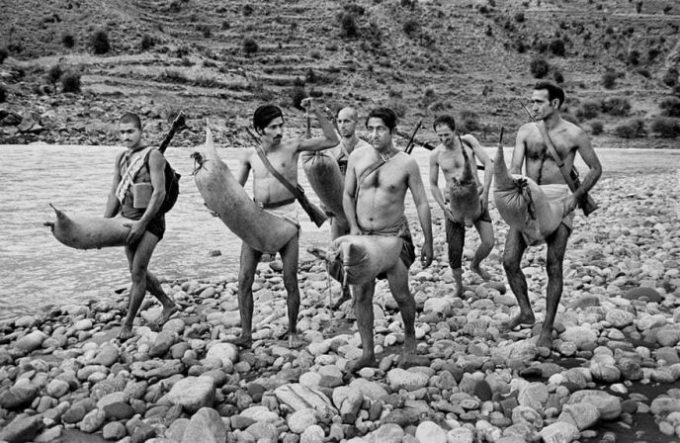
Once a Progressive Powerhouse: Before the Fall
Back in the 1960s and 1970s, Afghanistan looked very different. Cities like Kabul buzzed with energy, art, and progressive ideals. Women dressed in Western styles, attended universities, and held jobs in media, medicine, and government. Cultural festivals flourished, and tourism slowly began to bloom.
It was a country on the edge of transformation—until everything shifted. War, radical ideologies, and foreign interference unraveled its progress. The rise of the Taliban in the 1990s marked a deep regression. Women disappeared from public life, education halted, and fear became a daily emotion.
Video: Fascinating Photos Of Afghanistan | Before The Wars | Rare Photos
Life Under the Taliban: A Nation Silenced
Imagine waking up one morning to find your voice, your clothes, and even your dreams banned. That’s the stark reality many Afghans faced under Taliban rule. Girls were pulled out of school. Women were forced to wear burqas and were forbidden from working. Public punishments became common, and any deviation from imposed norms was swiftly and brutally punished.
Under Taliban governance—an organization designated as a terrorist group by the United Nations, the U.S., and many other nations—society shrank into silence. Artistic expression was outlawed. Music was banned. Even kite flying, once a beloved pastime, became forbidden.
Photos That Speak Louder Than Words
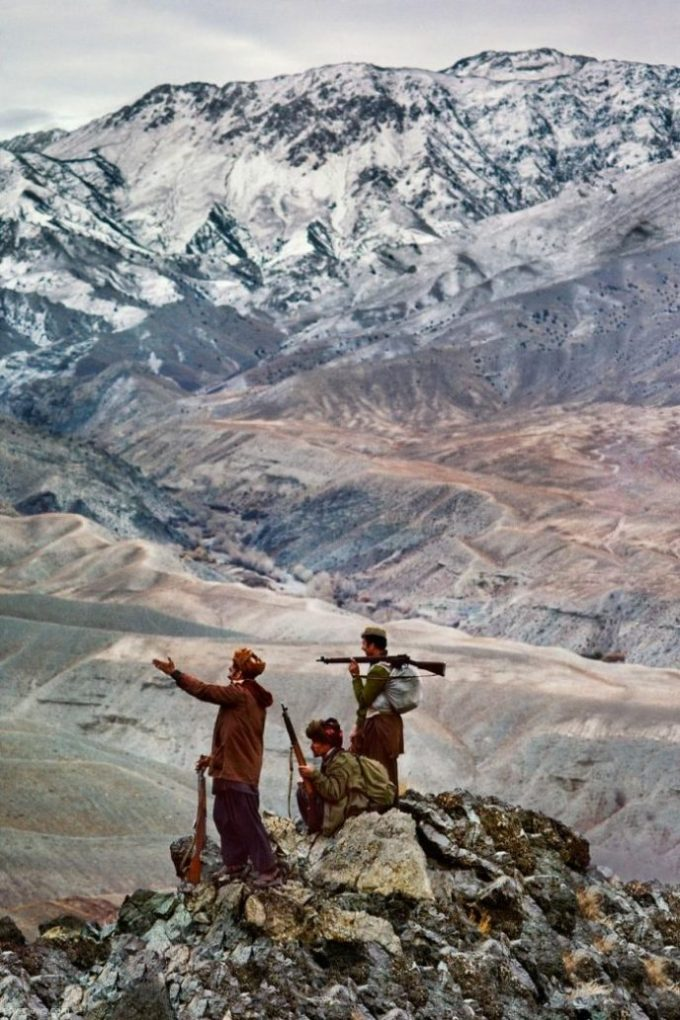
Rare photos from before and during this descent into repression offer haunting yet powerful glimpses of life in Afghanistan. They show everyday people—students, shopkeepers, mothers—simply trying to live, to smile, to endure. Some photos capture a girl clutching her schoolbooks before classrooms were closed. Others reveal vibrant bazaars before conflict turned them to rubble.
One striking image shows a group of Mujahideen crossing a river, armed and determined. Another freezes the haunting stare of a woman in a refugee clinic, cradling her baby, waiting hours just to see a doctor. These images tell stories no headline ever could.
Modern Pockets of Progress Amid Chaos
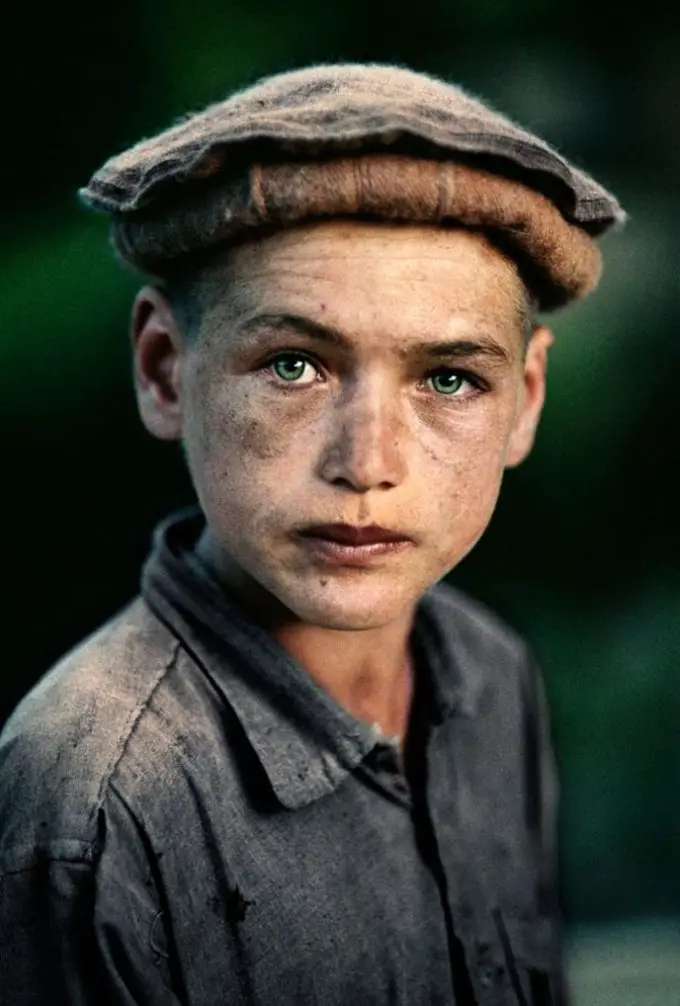
Despite the darkness, there have been flickers of hope. In the past two decades, foreign aid and internal reform efforts helped rebuild parts of Afghanistan. Girls returned to school in Kabul and Herat. Women began to reclaim space in politics, journalism, and education. Some cities witnessed the birth of cafés, bookstores, and art galleries.
Social media gave Afghan youth a new voice—a chance to connect, to speak out, to hope. Activists began pushing boundaries. Teachers taught girls in secret. Poets performed behind closed doors. Even under the threat of violence, the flame of resistance stayed alive.
The Stark Divide: Cities vs. Villages
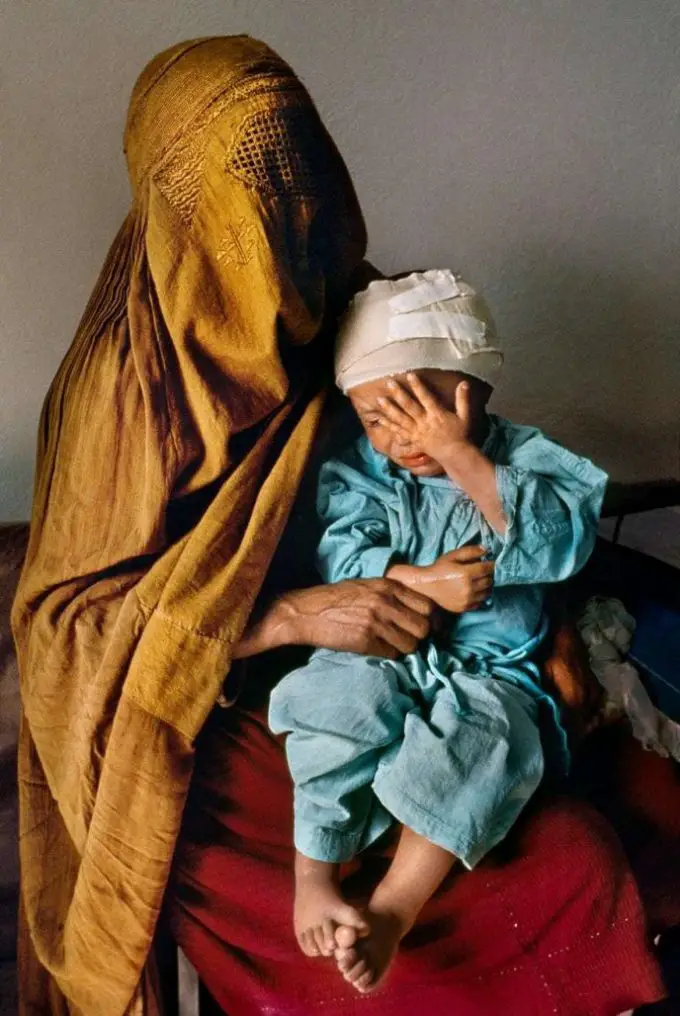
Afghanistan is not one unified experience—it’s many different lives in one land. In Kabul, progress echoes in paved roads and universities. In remote rural regions, warlords still rule with impunity, and conservative ideologies remain dominant. While some wear jeans in the city, others must adhere to strict dress codes in the countryside.
This urban-rural divide complicates everything. It’s a nation being pulled in two directions: one yearning for modernity, and the other clutching tightly to centuries-old traditions.
Freedom vs. Fear: The Afghan Dilemma
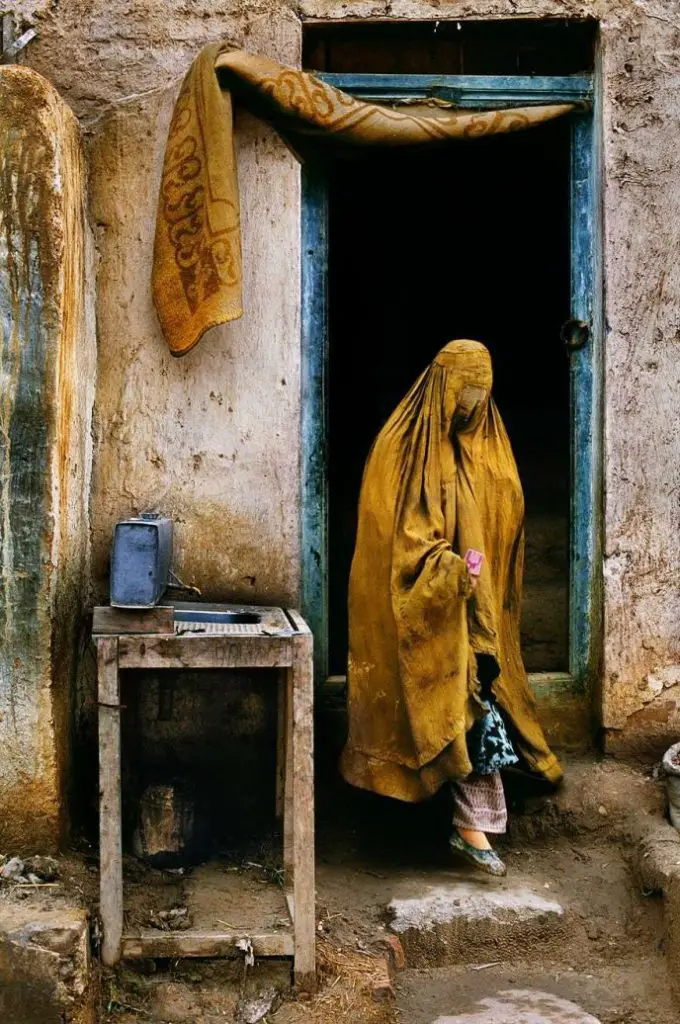
Every young person in Afghanistan faces an impossible choice—do they stay and fight for a better future, or flee in search of safety? For those who remain, life is lived cautiously. You speak carefully. You trust few. You dream in silence. That’s the cost of existing in a country where progress is fragile and freedom isn’t guaranteed.
And yet, so many stay. Teachers reopen schools. Doctors serve patients with dwindling resources. Artists hide their work but keep creating. They fight in quiet ways, because giving up isn’t an option.
Reflecting on Privilege from Afar
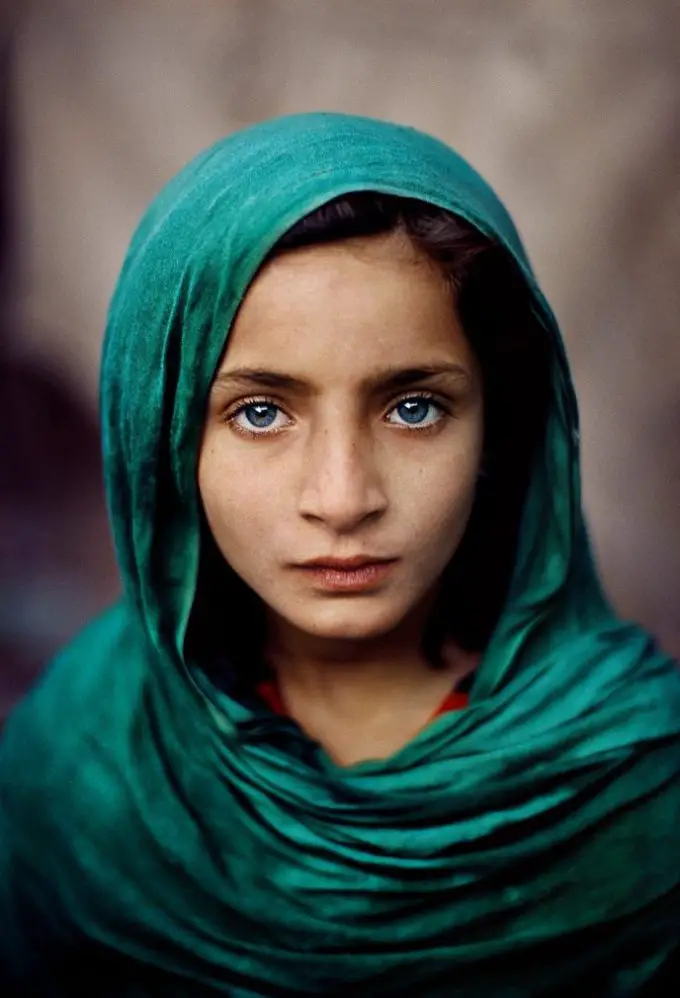
It’s easy to forget how lucky we are when we wake up in peaceful places. Where we can speak our minds, walk down the street without fear, or attend school without restrictions. When we say, “Thank God I wasn’t born in Afghanistan,” it’s not a dismissal—it’s a moment of gratitude.
Because for millions of Afghans, everyday life is a challenge. Not because they’re weak or incapable—but because their environment forces them to constantly navigate survival.
Faces That Tell a Thousand Stories
Video: Afghanistan’s Golden Age: The Land Where Women’s Rights Were At Par With Western Nations | NewsMo
Photos of Afghan women in waiting rooms. Of children peeking out from makeshift tents. Of elders sipping tea beside cracked walls. These faces carry layers of emotion—sorrow, strength, endurance. Each image reminds us that behind every statistic is a story. A name. A heartbeat.
They are not just survivors of war—they’re symbols of unshakable human spirit. The courage to live on, even when the world seems to have forgotten you.
A Legacy Still Being Written
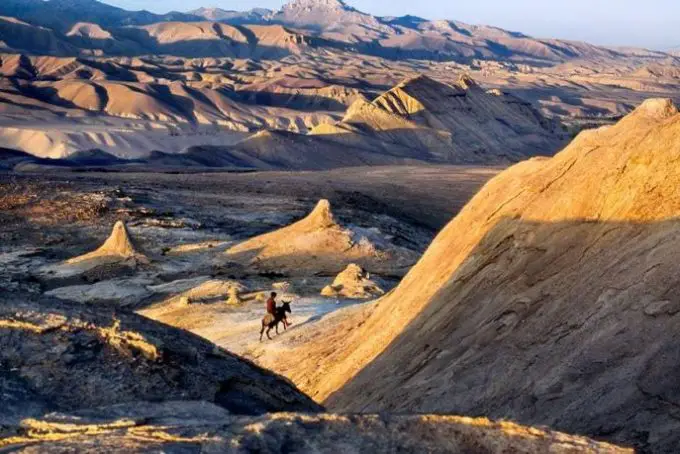
Afghanistan’s history isn’t over. It’s still unfolding—sometimes painfully, sometimes beautifully. Its people continue to dream, to work, to fight for dignity in the shadows of chaos. Their resilience deserves the world’s attention and respect.
And while the headlines may fade, these photos will remain. As reminders. As testaments. As hope that one day, Afghanistan will rise again—not just as a memory of what was, but as a vision of what could be.
Conclusion: Through Struggle, They Endure
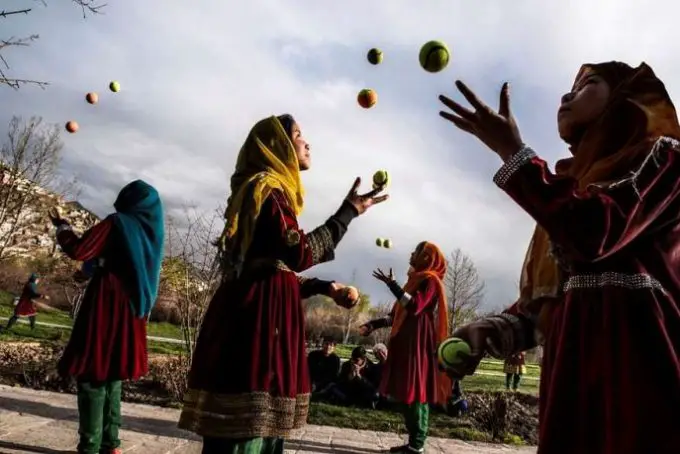
Afghanistan is more than conflict. It’s a land of poets, mountains, stories, and strength. The rare photos we’ve seen aren’t just glimpses into the past—they’re windows into the spirit of a people who refuse to give up.
We may not have been born there. But we can look, we can learn, and we can honor the resilience of those who were.


